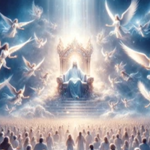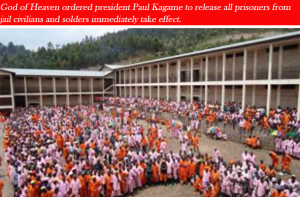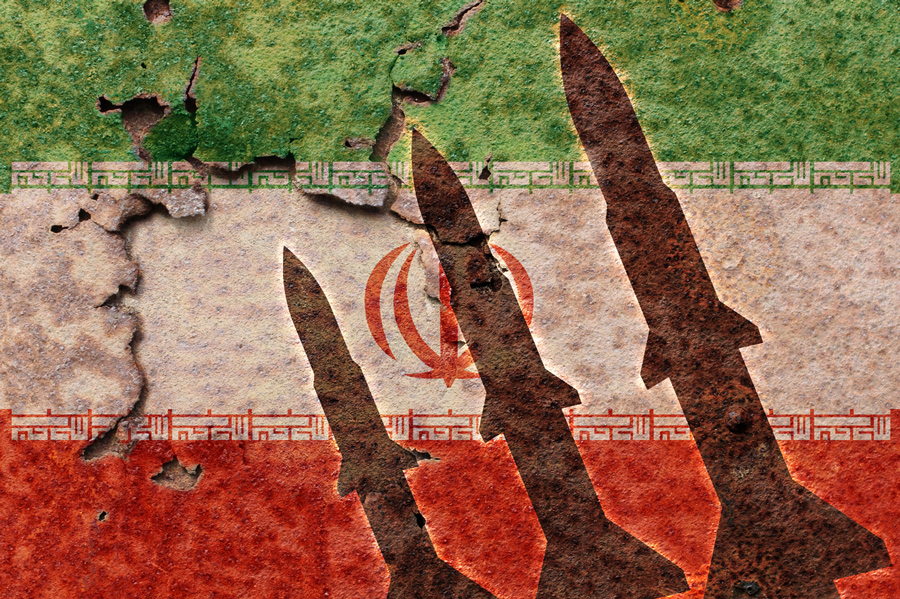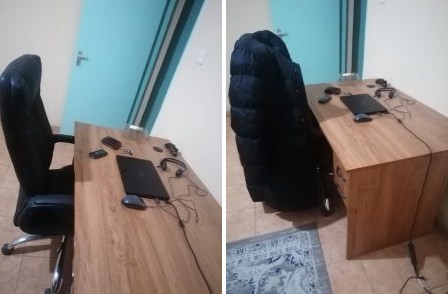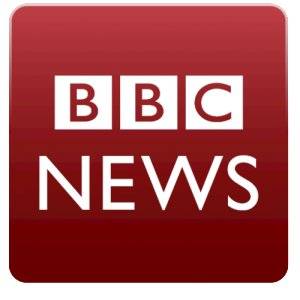Those of us who are concerned about Norway’s rapid Islamization took great hope from the 2013 parliamentary election. What mattered was not that it resulted in the formation of a right-wing coalition government. What mattered was that the coalition government, for the first time ever, included the Progress Party (FrP).
From its founding in 1973, FrP was an outlier among Norway’s major parties, of which there many. A quick survey: The Labor Party (Ap), the most powerful party during the postwar era, is the home of the cultural establishment; LO, Norway’s equivalent of America’s federation of trade unions, the AFL-CIO, is essentially a branch of Ap, and NRK, the government-owned broadcast corporation, is often described by critics as the voice of the Labor Party.
The other left-wing parties are the Socialist Left (SV) and Red parties, both of which are basically Communist, and the eco-alarmist Greens (MdG). The “bourgeois,” or supposedly non-socialist, parties include the Conservatives (H), for business people; the Christian People’s Party (KrF), for devout Christians; the Center Party (S), for farmers; and the Liberals (V). This division between socialist and non-socialist is something of a fiction: pretty much all of these parties support high taxes, big government, and the welfare state. Norway is the happy beneficiary of North Sea oil; yet for decades, oil profits have piled up a government fund while Norwegians have paid the highest gasoline prices in the world.
FrP, however, has always been different. It is the country’s closest thing to a classical liberal or libertarian party. It believes in individual liberty, the free market, low taxes, small government; it is strongly pro-American and pro-Israel; and it has long warned against the dangers of Muslim mass immigration. For all of these reasons, it has been routinely demonized by other parties and by the media, which depicted it, with breathtaking mendacity, as a gang of bigots, fascists, and right-wing extremists.
For a long time, the other parties vowed never to allow FrP into a government coalition or to work with it in any meaningful way. But after Carl I. Hagen, the firebrand who ran the party from 1978 to 2006, handed the reins to Siv Jensen, she strove to moderate the party’s image and woo other party leaders. As a result, after the 2013 election, the Conservatives invited FrP to form a coalition government, with support from the Liberals and KrF (the latter of which still refused to be a formal part of any government including FrP).
Those of us who had been wringing our hands over Muslim mass immigration cheered FrP’s rise to power. We braced for dramatic change in immigration and integration policy – among other things.
But it never came. Immigration continued. Even in small, remote towns, hijabs and burkas proliferated. When it came to pandering to Muslims, Prime Minister Erna Solberg (H) may have outdone her Labor Party predecessor, Jens Stoltenberg: in a New Year’s speech, she heaped praise on a Somali woman who, instead of going on the dole, had taken a job as a bus driver; this year, she celebrated Eid at an event organized by two Oslo mosques, both of which have been called totalitarian by a local expert, and one of which is listed by the United Arab Emirates as a terrorist organization.
Income tax rates remained high. So did the punitive taxes on alcohol and gasoline, so that prices for both commodities remain among the very highest anywhere.
There had been talk of privatizing NRK, which its critics regard as a shameless leftist mouthpiece; instead, the compulsory TV license fees that subsidize NRK’s operations have kept rising. For years, Statistics Norway, the government agency charged with producing reliable data on every imaginable social and economic metric, refused to make public certain “sensitive” information relating to Norway’s Muslim population, such as the number of immigrants entering Norway through “family reunification”; now, even though Statistics Norway was directly answerable to Jensen – who had been named Minister of Finance – that data remained private.
The only real bright spot in the whole government was FrP member Sylvi Listhaug, who in December 2015 was appointed Minister of Migration and Integration – a newly created post – and who has since made headlines (and enemies) by criticizing the wearing of hijab in elementary schools, by calling for severe cuts in wasteful foreign aid, and by warning that some Muslim leaders in Norway are “wolves in sheep’s clothing.”
Many have said that Trump did not win last November’s presidential election – Hillary lost it. The same might be said about Norway’s Parliamentary election on September 11. Voters were not that thrilled with the Conservatives and FrP (both of which went down 1-2% since 2013), but they were even less thrilled with Labor (down 3.4%), whose snooty leader, Jonas Gahr Støre, they simply did not want as their head of government. KrF, which got 13.7% of the vote in 1997 (when I moved to Norway in 1999, the Prime Minister was a KrF pastor, Kjell Magne Bondevik), continues its long slide, collecting only 4.2% of votes – even though its current leader, Knut Arild Hareide, has striven to bring Muslims into the fold, on the grounds that Christians and Muslims are “people of faith” who supposedly share “family values.”
The overall tally: the four parties currently in (or aligned with) the coalition government won 88 seats in Parliament; the other parties won a total of 81. Which, barring some major shake-up, means a continuation of the current coalition government, with Erna Solberg staying on as Prime Minister. Now, eight of those 88 seats belong to KrF, so if Hareide and his people want to, they can try to make a deal with Labor and the other socialist parties, allowing Støre to form a left-leaning coalition government. But the idea of the Christian People Party collaborating with outright Communists seems even more unlikely than the prospect of them working with FrP.
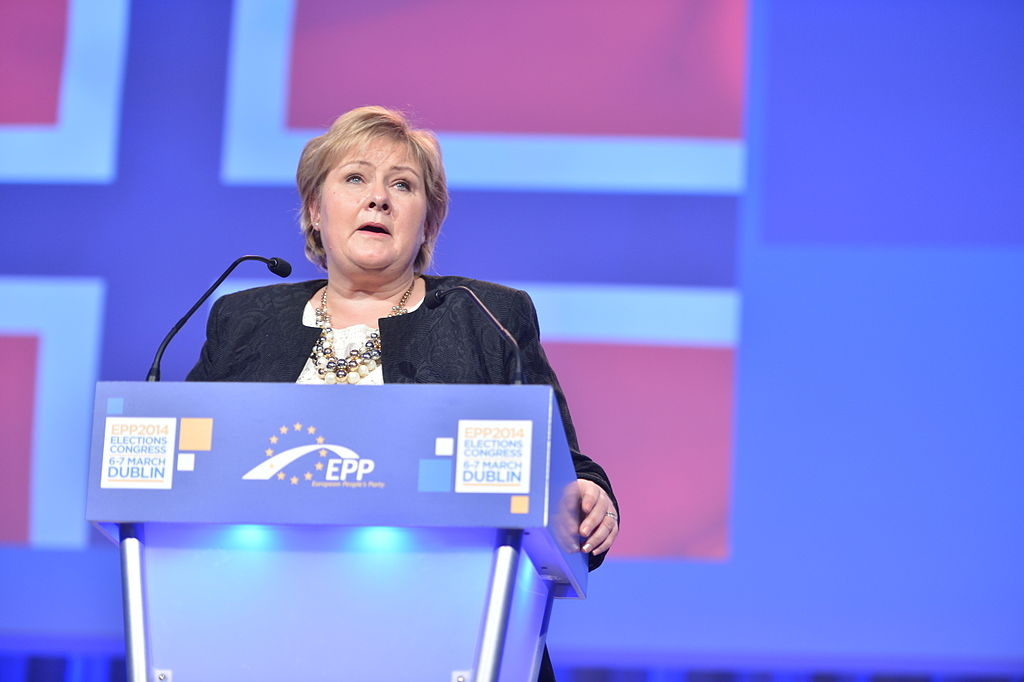 Norwegian Prime Minister Erna Solberg. (Image source: European People’s Party/Flickr) Norwegian Prime Minister Erna Solberg. (Image source: European People’s Party/Flickr) |
Is there any hope that a second Solberg government including FrP will accomplish any more in the way of curbing immigration than the first Solberg government did? At the moment, there seems little reason for hope. It is not even clear yet whether Sylvi Listhaug – who for months has been under fire from leading Conservatives and KrF members – will keep her ministerial post. If she is out, we shall know that FrP has either sold out its principles entirely or been hopelessly checkmated.
Bruce Bawer is the author of the new novel The Alhambra (Swamp Fox Editions). His book While Europe Slept (2006) was a New York Times bestseller and National Book Critics Circle Award finalist.









